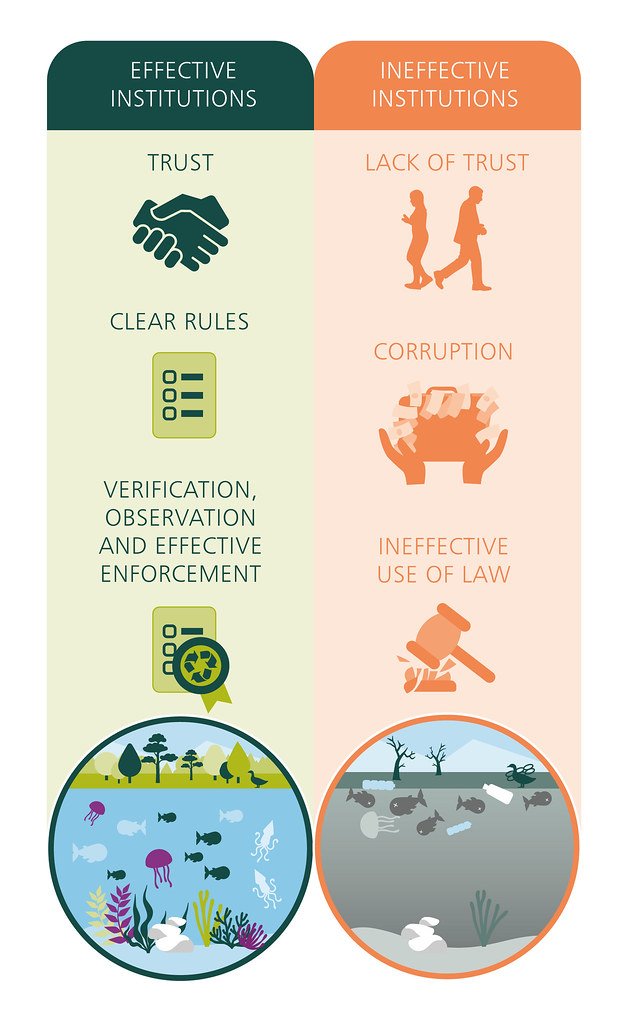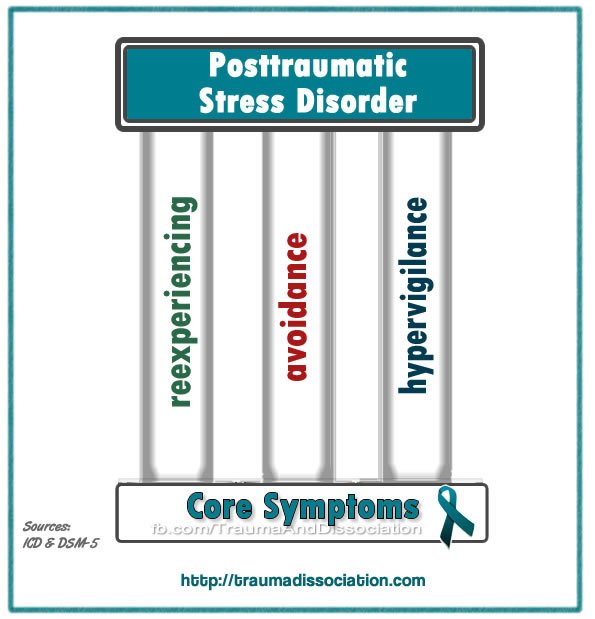In the whimsical world of parenthood, where little feet clad in tiny socks scamper around, joy and laughter often fill the air. But amidst this enchanting atmosphere, there arises a storm that can shake even the mightiest of parents: toddler tantrums. These explosive displays of emotions can turn a serene day into a tempestuous adventure, leaving parents bewildered and desperately seeking shelter. Fret not, for within the realm of understanding and managing emotional outbursts, a roadmap lies waiting to guide weary travelers through the tumultuous terrain of toddler tantrums. In this article, we delve into the depths of these turbulent episodes, deciphering the mysteries behind the chaos and equipping parents with the tools to restore calm and serenity to their family kingdoms. Brace yourselves, for an exploration begins where emotions run wild and enlightenment awaits around every tantrum-shaped corner.
Understanding the Reasons behind Toddler Tantrums: Exploring Emotional Triggers and Developmental Milestones
Toddlers are notorious for their extraordinary ability to throw tantrums at the drop of a hat. It can be frustrating and bewildering for parents to witness these emotional outbursts, but understanding the reasons behind them is crucial for effective management. By exploring the emotional triggers and developmental milestones that contribute to toddler tantrums, we can gain valuable insights into the inner world of these little ones and find strategies to support them through this challenging phase.
Emotional triggers play a significant role in toddler tantrums. These triggers can vary from child to child, but some common ones include:
- Frustration: Toddlers are constantly encountering obstacles that they are not yet developmentally equipped to overcome. This can lead to feelings of frustration and an eruption of emotions.
- Overstimulation: The world can be overwhelming for a toddler, especially when they are exposed to too much sensory input. Overstimulation can lead to meltdowns as a way for them to release pent-up energy and emotions.
- Desire for autonomy: As toddlers begin to assert their independence, they may encounter situations where they are unable to control their environment or make decisions. This lack of autonomy can trigger tantrums as a way for them to express their desire for more control.
Understanding these emotional triggers and how they intersect with developmental milestones can give us invaluable clues in managing toddler tantrums. By acknowledging their emotions, providing a safe and consistent environment, and teaching them appropriate coping strategies, we can help our little ones navigate the world of emotions and build resilience for the future.

Building Emotional Resilience in Toddlers: Strategies for Calming and Redirecting Tantrums
When it comes to toddlers, tantrums are a common occurrence. These emotional outbursts can be overwhelming for both parents and children, but it’s important to remember that they are a normal part of development. Building emotional resilience in toddlers is crucial for them to learn how to manage their emotions effectively. Here are some strategies that can help calm and redirect tantrums:
1. Validate their feelings: It’s essential to acknowledge and validate your toddler’s emotions, even if you don’t agree with their reaction. Let them know that it’s okay to feel frustrated or upset.
2. Create a calm environment: When a tantrum erupts, try to create a peaceful atmosphere. Dim the lights, reduce noise, and remove any potential triggers. This can help your toddler calm down and regain control of their emotions.
3. Use distraction techniques: Redirecting your toddler’s attention can be an effective way to diffuse a tantrum. Engage them in a different activity or offer a toy that captures their interest. This can help shift their focus and divert their emotions.

Effective Parenting Techniques for Managing Toddler Tantrums: Setting Boundaries and Establishing Consistent Routines
When it comes to managing toddler tantrums, setting boundaries and establishing consistent routines can make all the difference. Tantrums are a normal part of a toddler’s development as they navigate the complexities of their emotions. By understanding these emotional outbursts and implementing effective parenting techniques, you can help your child learn to manage their feelings and reduce the frequency and intensity of tantrums.
Setting Boundaries: Establishing clear boundaries is essential for managing toddler tantrums. This helps your child understand their limits and what behavior is acceptable. Here are some strategies to set boundaries:
- Be consistent: Consistency is key in setting boundaries. Make sure your expectations and consequences remain the same, so your child knows what to expect. When rules are consistently enforced, your child will gradually learn to regulate their emotions and behaviors.
- Use positive language: Instead of saying “No” all the time, try using positive language to redirect your child’s behavior. For example, say “We don’t climb on the table, but you can enjoy climbing on the jungle gym at the park.”
- Offer choices: Giving your child limited choices can help them feel more independent and in control. For instance, you can say, “Would you like to wear the red shirt or the blue one today?” This allows them to feel empowered while still following your guidelines.
Establishing Consistent Routines: Toddlers thrive on routine and predictability. Having consistent routines in place can help reduce meltdowns and tantrums. Here are some ways to establish consistent routines:
- Wake-up and bedtime routines: Having a consistent routine for the beginning and end of the day helps your child feel secure and know what to expect. Incorporate activities like brushing teeth, reading a story, or singing a lullaby to create a structured routine.
- Mealtime routines: Having regular meal and snack times can provide structure and reduce the likelihood of tantrums. Encourage your child to be involved in meal preparation and setting the table to make it a positive experience.
- Transitional routines: Whether it’s transitioning from playtime to naptime or getting ready to leave the house, creating consistent transitional routines can help ease your child’s transitions. Use visual cues like timers or songs to signal upcoming transitions.
Remember, every child is unique, and what works for one may not work for another. It’s essential to be patient, understanding, and flexible as you navigate through the tantrum phase with your toddler. With consistent boundaries and routines in place, you’re on the right path to managing tantrums and supporting your child’s emotional well-being.

Navigating Social Situations: Encouraging Positive Behavior and Teaching Emotional Regulation Skills
When it comes to toddler tantrums, understanding and managing emotional outbursts can be quite a challenge for parents and caregivers. These intense displays of emotions can leave us feeling overwhelmed and unsure of how to respond effectively. However, with some understanding and the right strategies, we can navigate these social situations, encourage positive behavior, and teach essential emotional regulation skills to our little ones.
1. Acknowledge and Validate: It’s essential to acknowledge and validate your toddler’s feelings during a tantrum. By doing so, you let them know that their emotions are important and understood. Use phrases like “I see that you’re feeling frustrated” or “It’s okay to be sad.” This validation helps them feel heard and can reduce the intensity of their outburst.
2. Establish Calm Down Techniques: Teach your toddler age-appropriate strategies to regulate their emotions and calm themselves down. Deep breathing exercises, counting to ten, or taking a short break in a quiet corner can be effective techniques. Reinforce these strategies by practicing them together during calm moments, so they become second nature during a tantrum.
To Wrap It Up
In the tumultuous world of toddlerhood, where emotions run wild and logic takes a backseat, navigating through the tempest of tantrums can feel like sailing against a raging storm. But fear not, weary parents and caregivers, for understanding and managing these emotional outbursts can be an art we can master.
As we dived into the captivating world of toddler tantrums, we waded through the sea of screaming, flailing limbs, and inconsolable wails. We journeyed alongside these tiny individuals, trying to decipher the enigmatic code of their emotional turbulence. Through patience and observations, we uncovered the hidden depths of their tantrums, like precious gems waiting to be discovered.
Venturing deeper, we unearthed the roots of these outbursts, finding that most tantrums stem from frustration, stress, or a burning desire for independence. Like little volcanoes, their emotions bubble up until they reach an explosive climax, leaving both child and adult gasping for a breath of sanity.
But as with all storms, there is calm after chaos. Managing tantrums requires a delicate dance between empathy and boundaries. We learned that offering a safe haven for their emotions, acknowledging their feelings, and offering comforting gestures can work wonders. In the realm of tantrums, a simple hug can be the lighthouse that guides them out of the darkness.
Equally important, setting firm but fair boundaries allows toddlers to understand the limits of their behavior. With clear and consistent expectations, we provide them with the necessary scaffolding to develop emotional regulation, paving the way for smoother interactions and peaceful coexistence.
As we bid farewell to our tantrum-filled adventures, let us carry these newfound insights with us. Armed with understanding, we can transform tantrums from chaos to connection, from a hurricane of emotions to a gentle breeze of tranquility.
Remember, dear reader, that tantrums are just a fleeting chapter in the grand book of childhood. With time, patience, and unwavering love, we will weather the storm, forging unbreakable bonds and nurturing emotional growth. So, embrace the storms, tame the tantrums, and sail onward with confidence.


